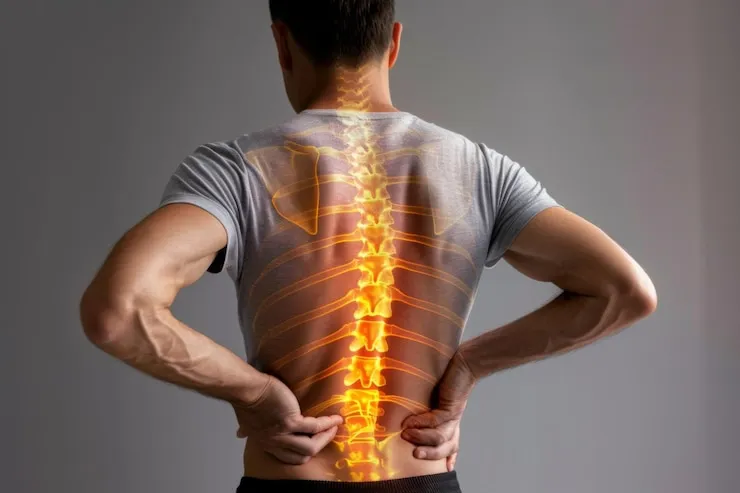Aaron Jackson
Spinal Fractures: The Role of Neurosurgery
Spinal fractures, occurring when one or more vertebrae in the spine break, can be caused by traumatic injuries such as car accidents, falls, or sports-related incidents. These fractures can range in severity from minor compression fractures to severe fractures that damage the spinal cord or nerves. Neurosurgeons are specialized medical professionals who diagnose and treat conditions affecting the brain and spinal cord, including spinal fractures.
Types of Spinal Fractures
Spinal fractures can be classified based on their location and severity:
- Compression Fractures The most common type, occurring when the vertebral body collapses.
- Burst Fractures A severe fracture where bone fragments are displaced into the spinal canal.
- Hangman's Fracture: A fracture of the second cervical vertebra, often caused by hyperextension of the neck.
- Jefferson Fracture: A burst fracture of the first cervical vertebra.
Symptoms of Spinal Fractures
Symptoms of a spinal fracture can vary depending on the severity of the injury:
- Pain: Sharp or localized pain at the site of the fracture.
- Numbness or Tingling: Sensory changes in the arms or legs.
- Weakness: Difficulty moving arms or legs.
- Loss of Bowel or Bladder Control: Indicates severe spinal cord injury.
- Instability: Difficulty standing or walking.
Diagnosis of Spinal Fractures
Accurate diagnosis is crucial for effective treatment:
- Physical Examination: A thorough evaluation of the patient's neurological function and spinal alignment.
- Imaging Studies: X-rays, CT scans, and MRI scans to visualize the fracture and assess spinal cord damage.
Treatment for Spinal Fractures
Treatment options for spinal fractures depend on the severity of the injury:
- Non-Surgical Treatment: Bracing, pain medication, and physical therapy for stable fractures.
- Surgical Treatment: Recommended for unstable fractures, fractures with neurological symptoms, or failed non-surgical treatment.
- Spinal Fusion: Joining vertebrae together to stabilize the spine.
- Vertebroplasty or Kyphoplasty: Injecting bone cement into the fractured vertebra to restore height and stability.
- Laminectomy: Removing part of the bony arch to relieve pressure on the spinal cord or nerves.

Role of the Neurosurgeon
Neurosurgeons play a critical role in the management of spinal fractures:
- Surgical Expertise: Performing complex spinal surgeries to stabilize the spine.
- Preoperative Planning: Developing a comprehensive treatment plan based on the patient's condition.
- Postoperative Care: Monitoring patient recovery and providing rehabilitation guidance.
- Minimally Invasive Techniques: Offering less invasive surgical options when appropriate.
Recovery and Rehabilitation
Recovering from a spinal fracture requires time and patience:
- Pain Management: Controlling pain with medication and physical therapy.
- Physical Therapy: Restoring strength, flexibility, and mobility.
- Bracing: Wearing a brace to immobilize the spine during the healing process.
- Follow-Up Care: Regular monitoring by the neurosurgeon to assess progress.
Spinal fractures can have a significant impact on a person's life, but with appropriate medical care and rehabilitation, many patients can achieve a good recovery. Neurosurgeons play a vital role in managing these complex injuries and restoring patients to their previous level of function.

 Telehealth Visits Available
Telehealth Visits Available
